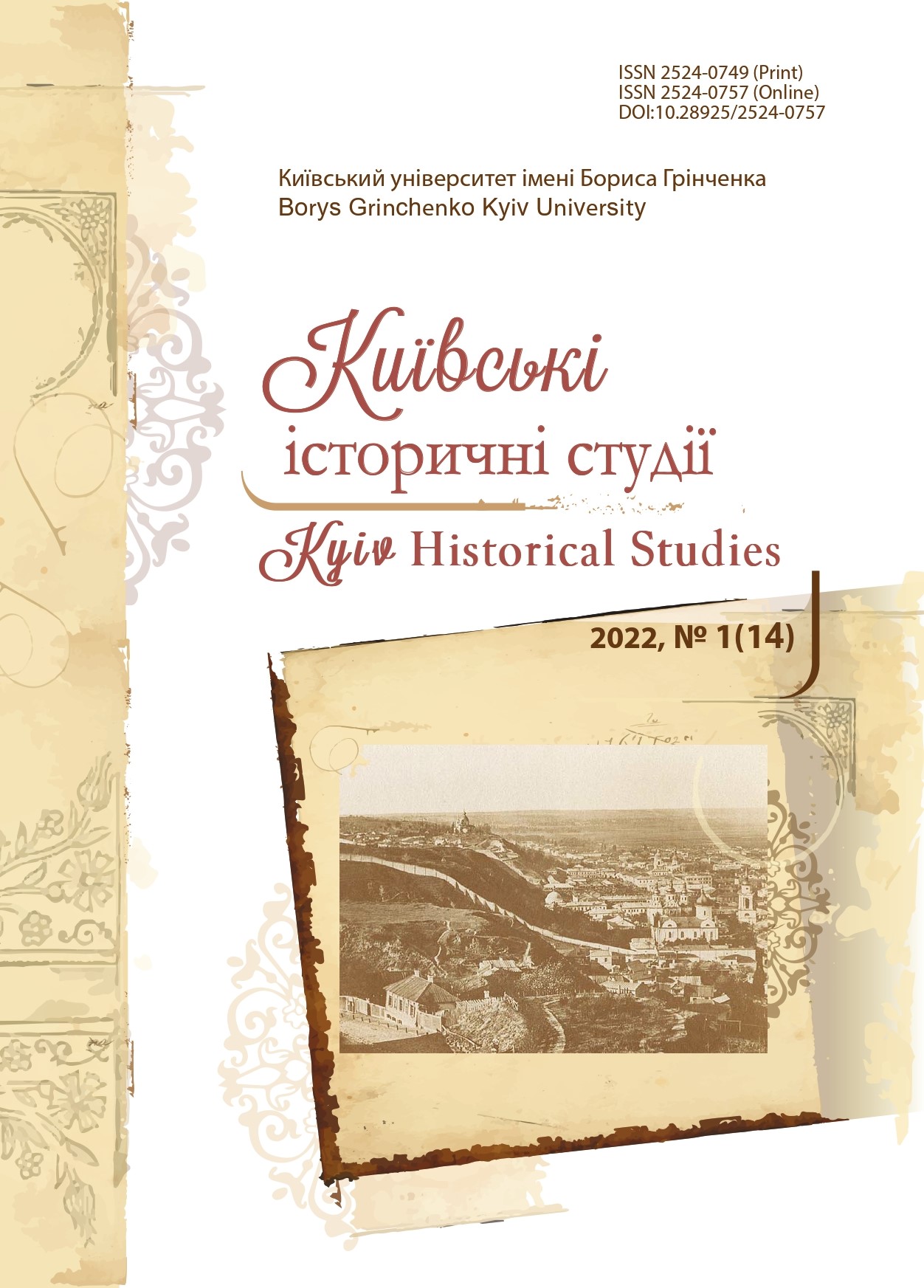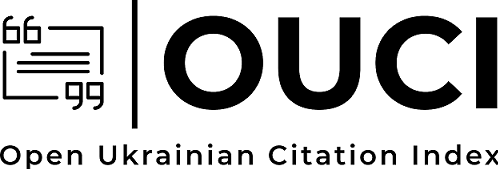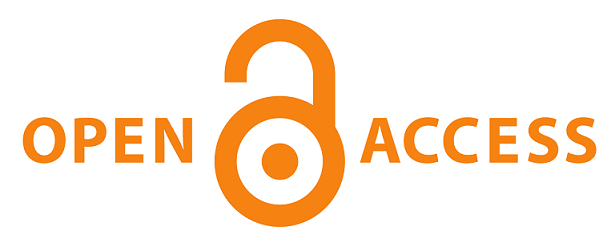“The Project of Joining Part of the Little Russia Region to Kyiv Province” by Hryhoriy Galagan and Its Ideological Context
DOI:
https://doi.org/10.28925/2524-0757.2022.114Keywords:
Hryhoriy Galahan, nobility, Kyiv province, Little Russia region, administrative-territorial structureAbstract
The article analyses a hitherto unpublished source for studying the history of the administrative-territorial structure of Ukraine during its stay in the Russian Empire – a note by Ukrainian public figure Hryhoriy Galagan (1819–1888) on the need to join part of the Little Russia (Left Bank Ukraine) to Kyiv province, written in 1857. It is shown that Galagan sought to use this measure to facilitate the penetration of the Right Bank Ukraine under the auspices of the imperial administrative structures of the “Little Russian nobility”, i.e. Poltava and Chernihiv nobles of Cossack foremen origin, with the assimilation of right-bank Polish landowners. It was found that this note by Galagan could be based on ideological and political traditions of the reign of Catherine II – and the unifying “mixing” of different ethnic groups within one administrative space in the spirit of Enlightened Absolutism, and at the same time using imperial power resources to develop linking geopolitical problems taking into account the interests of the Ukrainian elite, such as the policy of O. A. Bezborodko. It is established that the ideаs set forth in Galagan’s note found a response in the discourse of the period of the January Polish uprising of 1863–1864, in particular in the journalism of the Moscow Slavophile Ivan Aksakov, a close friend and ally of Galagan. The article can be useful for researchers of Ukrainian socio-political thought in the mid-19th century.
Downloads
References
Aksakov, I. (1886). Sochineniia I. S. Aksakova. Polskii vopros i zapadno-russkoie delo. Yevreiskii vopros. 1860–1886. Stati iz “Dnia”, “Moskvy”, “Moskvicha” i “Rusi”. Moscow [in Russian].
Atlas Rossiiskoi imperii. (1796). Sankt-Peterburg [in Russian].
Berezhkov, M. (1903). M. E. Markov i yego rukopisnyi sbornik o chernigovskoi starine [M. E. Markov and His Handwritten Collection of Chernigov Antiquity]. Sbornik Istoriko-filologicheskogo obshchestva pri Institute kn. Bezborodko v Nezhine, 4, 1–25 [in Russian].
Kohut, Z. (1996). Rosiiskyi tsentralizm i ukrainska avtonomiia. Likvidatsiia Hetmanshchyny, 1760–1830. Kyiv: Osnovy [in Ukrainian].
Kovalov, Ye. (2021). Mentalna mapa Hryhoriia Galagana: terytorialne ta etnonatsionalne strukturuvannia v kartyni svity ukrainskoho dvorianyna (seredyna 1830-kh – seredyna 1960-kh rokiv) [Mental Map of Hryhoriy Galagan: Territorial and Ethnonational Structuring in Ukrainian Nobleman’s World View (mid-1830s – mid-1860s). Kyivski istorychni studii (Kyiv Historical Studies), 2 (13), 103–110 [in Ukrainian]. https://doi.org/10.28925/2524-0757.2021.213
Zamechaniia, do Maloi Rossii prinadlezhashchie [Notes about Little Russia]. (1848). Chteniia v obshchesve istorii i drevnostei rosiiskikh [Readings in the Society of Russian History and Antiquities], 2, 1–55 [in Russian].
Prilozheniia k trudam Redaktsionnykh komissii dlia sostavleniia polozhenii o krestianakh, vykhodiashchikh iz krepostnoi zavisimosti: Svedeniia o pomeshchichikh imeniiakh. (1860). Vol. 6, Sankt-Peterburg [in Russian].
Razdorskii, A. (n. d.). Delo o sozdanii Putivlskoi gubernii (1838 g.) v Rossiiskom gosudarstvennom istoricheskom arkhive. [in Russian]. http://old-kursk.ru/book/razdorsky/st200201.html
Valuiev, P. (1961). Dnevnik P. A. Valuieva, ministra vnutrennikh del, Vol. 1, Moscow: Izdatelstvo AN SSSR [in Russian].
Vermienych, Ya. (2009). Administratyvno-terytorialnyi ustrii Ukrainy: evoliutsiia, suchasnyi stan, problemy reformuvannia. Vol. 1, Kyiv: Instytut istorii Ukrainy [in Ukrainian].
Published
How to Cite
Issue
Section
License
Copyright (c) 2022 Євген Ковальов

This work is licensed under a Creative Commons Attribution-NonCommercial-ShareAlike 4.0 International License.
Authors who publish in this journal retain the right of authorship of the work and give to the journal right of first publication of this work under the conditions of Creative Commons: Attribution-NonCommercial-ShareAlike 4.0 International (CC BY-NC-SA 4.0), which allows others freely distribute the work published with reference to the authors of the original work and the first publication of this magazine.














